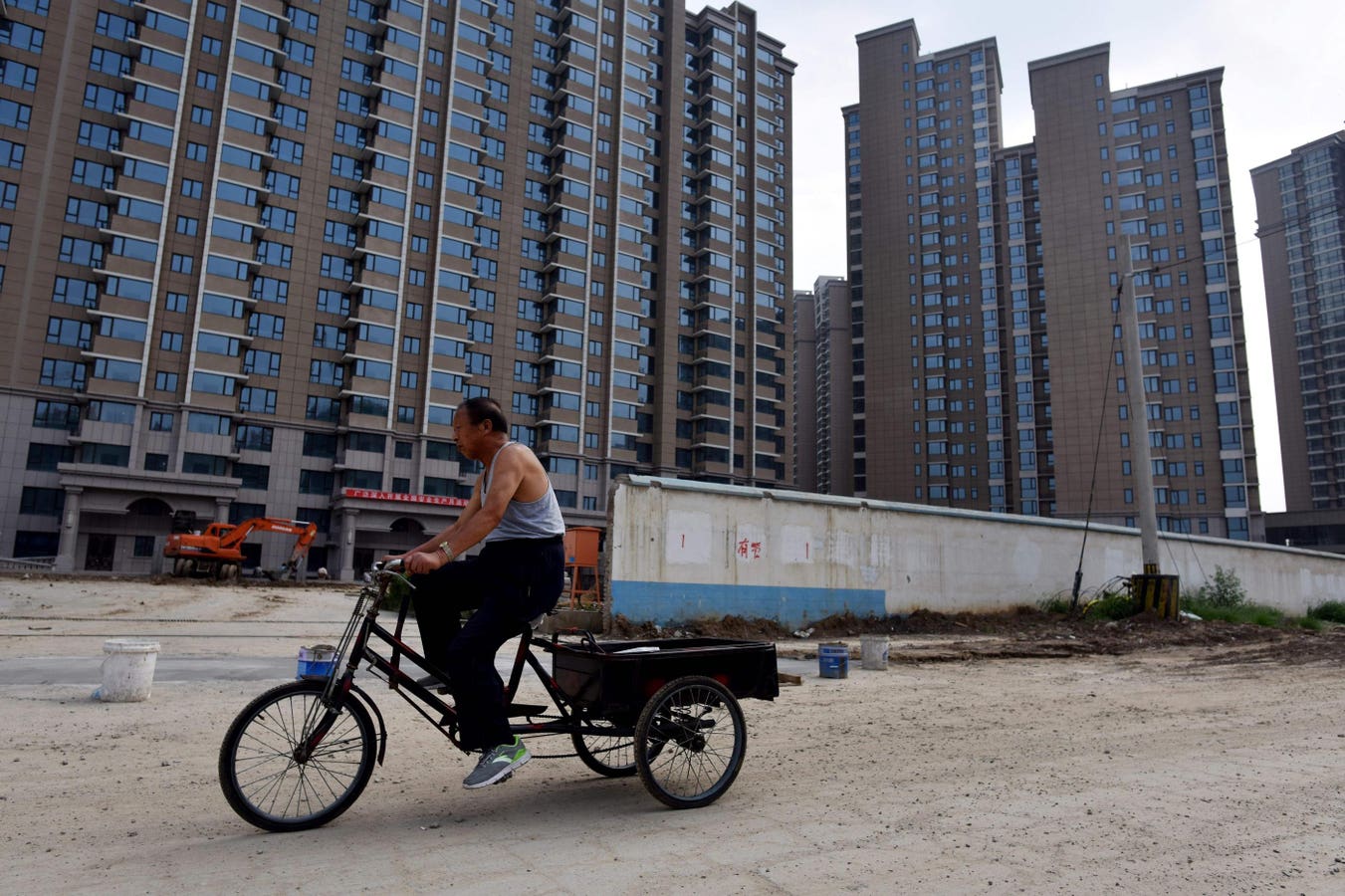Money
China’s Economic Crisis Is Tracking Japan’s Downturn In The 1990’s

The End of China’s Economic Miracle?
For decades, China has been the poster child of economic growth, often described as the most impressive economic miracle in history. However, recent trends suggest that this unparalleled growth may be coming to an end. The country is grappling with a prolonged economic downturn, which has significant geopolitical implications. Just a few years ago, forecasts predicted that China would overtake the United States as the world’s largest economy by 2030. Today, the U.S. is leading the global economy, while China struggles with stagnating growth. The optimism about China’s rise has faded, and few now believe it will catch up anytime soon. The parallels to Japan’s economic stagnation in the 1990s, a phenomenon often referred to as “Japanification,” are striking and ominous.
The Parallels to Japan’s Economic Stagnation: Understanding "Japanification"
The term “Japanification” refers to a prolonged period of economic stagnation, characterized by deflation, low growth, and a decline in asset prices. Japan’s economy crashed in the 1990s after its real estate bubble burst, leading to decades of economic malaise. Today, China is exhibiting similar symptoms. Both countries experienced rapid growth before facing a sharp slowdown, with their stock markets and housing sectors being among the hardest hit. In Japan, the Nikkei 225 stock index crashed in 1989 and never fully recovered. In China, the CSI 300, the equivalent of the S&P 500, has fallen by 36% from its peak four years ago. While the decline in China is less drastic than Japan’s, the trajectory is alarmingly similar.
The Housing Crisis: The Heart of China’s Economic Downturn
China’s housing market, once described as “history’s wildest property boom,” is now at the center of its economic crisis. Real estate prices have collapsed, and companies responsible for 40% of China’s home sales are in default. Hundreds of developers have filed for bankruptcy, and the inventory of unsold housing is staggering, with an estimated value of RMB 93 trillion ($13 trillion). This backlog is more than ten times larger than the unsold housing inventory during the U.S. subprime crisis in 2007-2008. The parallels to Japan’s real estate crash in the 1990s are striking, though China’s housing prices have fallen much faster. In Japan, it took decades for the housing market to recover, and in some cases, prices never returned to pre-crisis levels. If history repeats itself, China’s housing crisis is only in its early stages.
Debt and Bond Markets: A Ticking Time Bomb
China’s debt picture is deeply concerning and mirrors Japan’s experience during its crisis. Public sector debt has risen sharply, as the government has turned to fiscal stimulus and relief programs to bolster the economy. In contrast, the private sector is deleveraging, with companies reducing their debt levels to strengthen their balance sheets. This shift, known as a “balance sheet recession,” was a key feature of Japan’s economic stagnation. In Japan, corporate borrowing slowed, and companies focused on paying down debt rather than investing for growth. China’s private sector has not yet begun deleveraging in earnest, but all signs suggest it is on the brink of doing so. If this happens, it will create a significant drag on economic growth.
Inflation, Deflation, and the Social Costs of Stagnation
Deflation has been a defining feature of Japan’s post-1990 economy, and China is now experiencing a similar trend. Falling prices can create a downward spiral of diminishing demand, rising unemployment, and reduced investment. In China, the effects of deflation are compounded by a sharp decline in consumer and business confidence. One of the most pressing social consequences of this economic stagnation is the surge in youth unemployment. In Japan, unemployment rose sharply during the crisis, particularly among young people, and it took over a decade for the situation to improve. In China, youth unemployment has exploded, with rates reaching as high as 50% in some regions. The government has attempted to suppress or adjust the data, but the trend remains alarming.
The Road Ahead: A New Era of Economic Uncertainty
The similarities between China’s current economic struggles and Japan’s “lost decades” are undeniable, but there are also key differences. One of the most striking anomalies is the sharp devaluation of the Chinese yuan, which has fallen to multi-decade lows. In contrast, the Japanese yen strengthened significantly during its crisis, providing some relief to companies and consumers. China’s currency weakness is a sign of systemic instability and could exacerbate its economic challenges. While some analysts believe that China may still avoid the worst of Japanification, the prognosis remains grim. The combination of a housing crisis, debt drag, deflation, and youth unemployment suggests that China is entering a period of prolonged economic stagnation. This has profound implications not just for China but for the global economy as well.


















